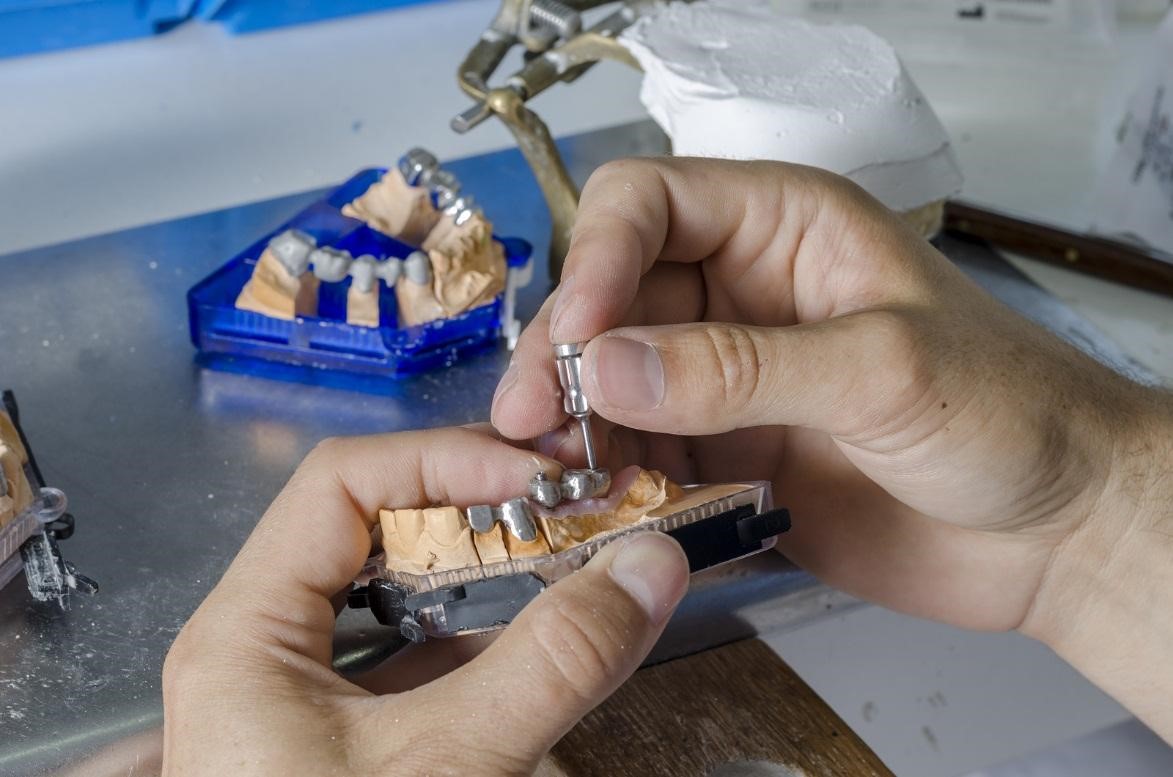Getting crowns and bridges is not only important for your mouth for aesthetic reasons but also for protecting the teeth on either side of the missing tooth. With these in and taking the place of missing teeth, chewing and eating is easier. A bridge may also reduce jaw pain if you have a tendency to favor chewing in one part of your mouth in an effort to avoid the place where the missing tooth was. Furthermore, maintaining your dental health is an important part of maintaining your overall general health.

Consequences of Missing Teeth
Leaving gaps in the teeth can result in the deterioration of the jawbone. Known as the alveolar bone, it needs stimulation or it will begin to be reabsorbed back into the gum. This happens in the first months after the tooth is lost although it may continue for years. With even just one tooth missing, it tends to cause the remaining teeth to drift. The gum tissue will shrink as well.
When your jawbone is altered due to tooth loss, you may also experience physical alteration on your facial structure. You may not notice it right away but you will begin to see slight shifts in appearance if you continue to ignore it.
About Your Treatment Option
The longer you wait to replace a missing tooth, the more challenging replacement becomes as the mouth changes around the gap where the missing tooth once was. Crowns and bridges are necessary to prevent the rest of the teeth from moving about in the mouth.
If you have had gaps in your teeth for a long time without getting crowns or bridges, this may present challenges. The teeth that were adjacent to the lost one may have shifted. However, bridges can be a good solution because unlike implants, they do not require the expensive bone augmentation that is often necessary to rebuild a jawbone after a long period of time with a gap in the teeth.
Sources:
Dental Health and Bridges, WebMD.com
Bone Augmentation And Nerve Repositioning, colgate.com
Options If You Have A Missing Tooth, orawellness.com

Leave a Reply